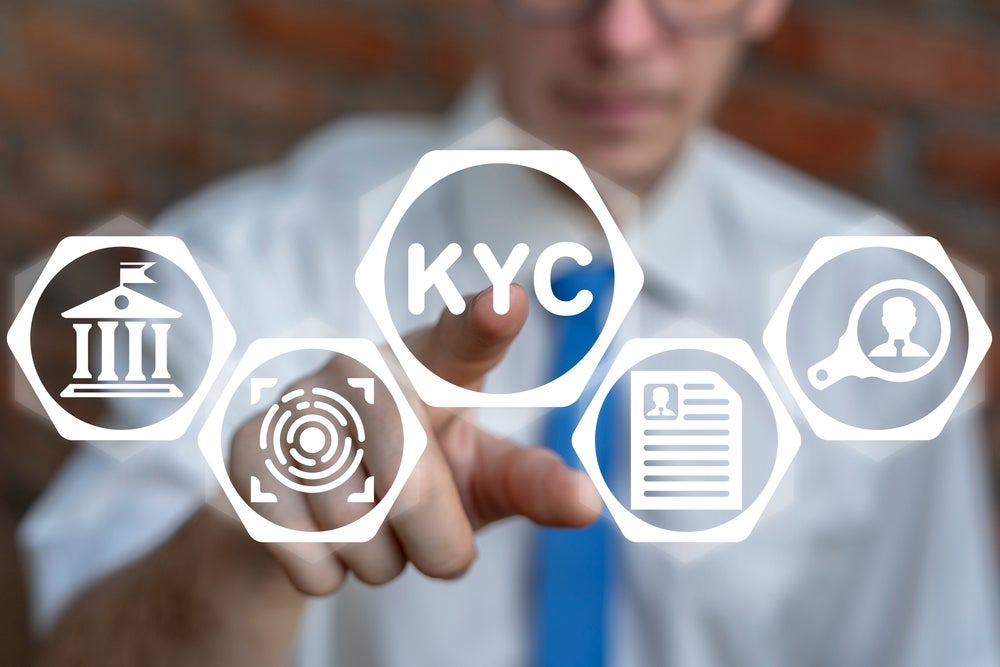Know Your Customer (KYC) protocols have become more critical than ever as financial crime continues to rise. With the threat of fines from regulators and reputational damage, it’s hardly surprising that global spending for anti-money laundering KYC data, information, and services is projected to reach $2.5 billion in 2024.
Typically, KYC processes involve collecting and verifying various types of customer information, including name, address, date of birth, and proof identity. This data is then cross-checked against trusted sources, such as government databases or credit bureaus, to ensure its authenticity. Traditionally, this process has been manual, time-consuming, and prone to errors. However, new technologies such as AI and machine learning (ML) have streamlined and automated the verification process, making it more efficient and accurate.
Automation can be highly effective, but if you have individual functions – such as Robotic Process Automation (RPA), Optical Character Recognition (OCR), ML, facial recognition technology (FRT), and web scrapers – process orchestration is essential to ensure these functions communicate effectively and no data is lost during handoffs. By orchestrating all KYC processes, financial institutions can more effectively weed out bad actors, ensure compliance with regulatory requirements, and minimise the risk of financial and reputational damage. Some of the greatest benefits of KYC automation include:
Mitigating fraud risk
The biggest question that KYC seeks to answer is how risky it would be doing business with a certain customer. Having an automated, scalable process can ensure banks are protected from involvement in crimes such as money laundering, fraud, or terrorism. This is vital given that 2-5% of global GDP—equivalent to $800bn to $2trn is laundered each year. Automated KYC allows banks to quickly identify high-risk profiles by answering critical questions, such as whether a customer appears on international watchlists or if their financial health justifies a loan application.
Enhancing customer experience
In today’s digital age, customers have come to expect a seamless banking experience. In fact, 92% of consumers want a fast, frictionless experience when using a company’s mobile app or website – but they also want it to be as trustworthy and secure as possible. KYC automation ensures that processes like identity verification and account openings are completed swifty, minimising wait times while maintaining thorough due diligence. By using the latest AI and machine learning capabilities, automated identity verification eliminates delays and errors common in manual processes, creating a smoother experience for customers without sacrificing security.
Reducing administrative overheads
KYC requires banks to gather and continually update extensive documents to meet regulatory requirements, which can make compliance reporting cumbersome and difficult. Through automating and orchestrating this process, banks can reduce the workload on administrative staff, freeing them from repetitive tasks and needing to double check the accuracy of reporting. This allows banks to operate more efficiently, identify where bottlenecks lie, and reduce operational costs.
Reducing errors
Manual data handling is prone to human error, which can lead to costly mistakes. At data centres specifically, a vast majority of data errors (75%) are caused by people. Automating the KYC function significantly reduces the amount of time people are interacting with data as well as the volume that they’ll need to attend to. This goes a long way to reducing errors and, in the long run, can save both time and money.
Optimising manual KYC checks
While automation streamlines the majority of KYC processes, there will be occasions where manual intervention is required. Automation ensures that the simpler portions of a KYC process, such as basic identity verifications, are handled automatically. While more complex tasks, such as investigating suspicious transactions or high-risk cases, are escalated to human staff. This optimises resource allocation, allowing staff to focus on more strategic or nuanced decision-making.
Unlocking efficiency and security
Automating the KYC process is an essential step for financial institutions looking to safeguard themselves from financial crime, enhance compliance, and streamline operations. However, before diving in and automating everything, it’s crucial to identify the specific parts of KYC that will benefit the most. By assessing the tasks and workflows involved in the KYC process, banks can pinpoint areas that are repetitive, time-consuming, and prone to errors. For example, automating lead routing for sales teams for mortgage applications can significantly streamline the process and ensure accurate distribution.
Once banks have identified the processes to automate, they can implement appropriate automation tools while ensuring that the systems are secure, scalable, and compliant with relevant regulations. But the work doesn’t stop there. Banks need to thoroughly test the automated workflows, monitor their performance, and continuously improve the processes based on real-time feedback.
KYC automation and process orchestration opens the door to increased efficiency, accuracy, and security. By reducing reliance on manual processes, financial institutions can not only protect themselves from potential reputational and financial damage, but also ensure they are well-prepared to meet the demands of an evolving regulatory landscape.
Daniel Meyer is CTO at Camunda








